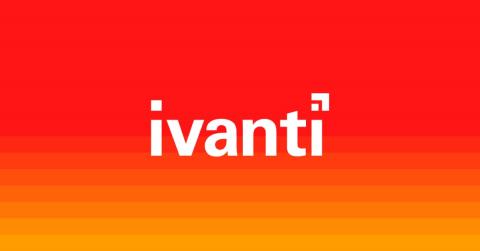Hardware: Definition, Types And Components
It's easy to get caught up in the latest software trends and forget about the physical components that make it all possible. Hardware—the tangible parts of our devices—forms the foundation of all computing systems. Without it, our favorite apps and programs would have nowhere to run. But what exactly is hardware? Do we have a definitive hardware definition? And how important is it?










